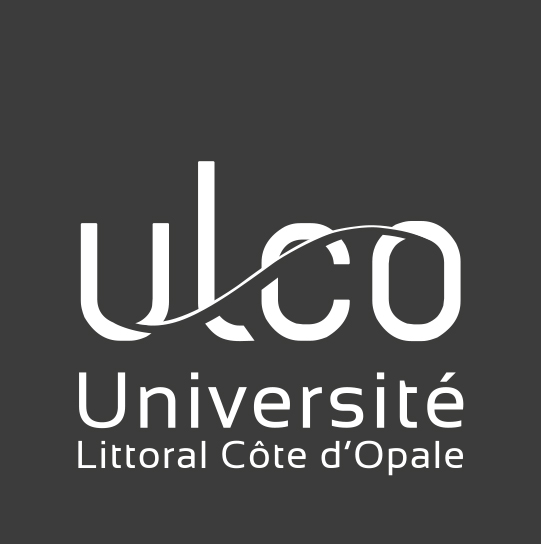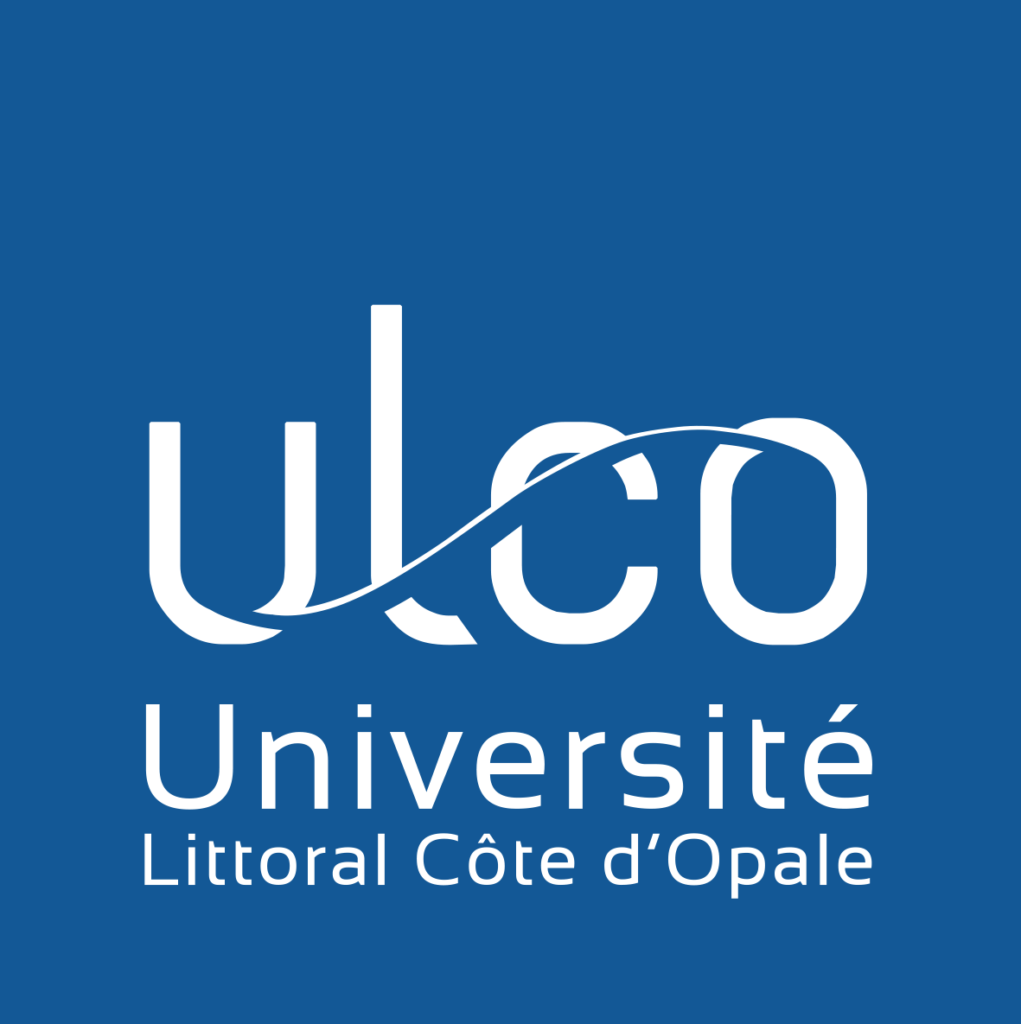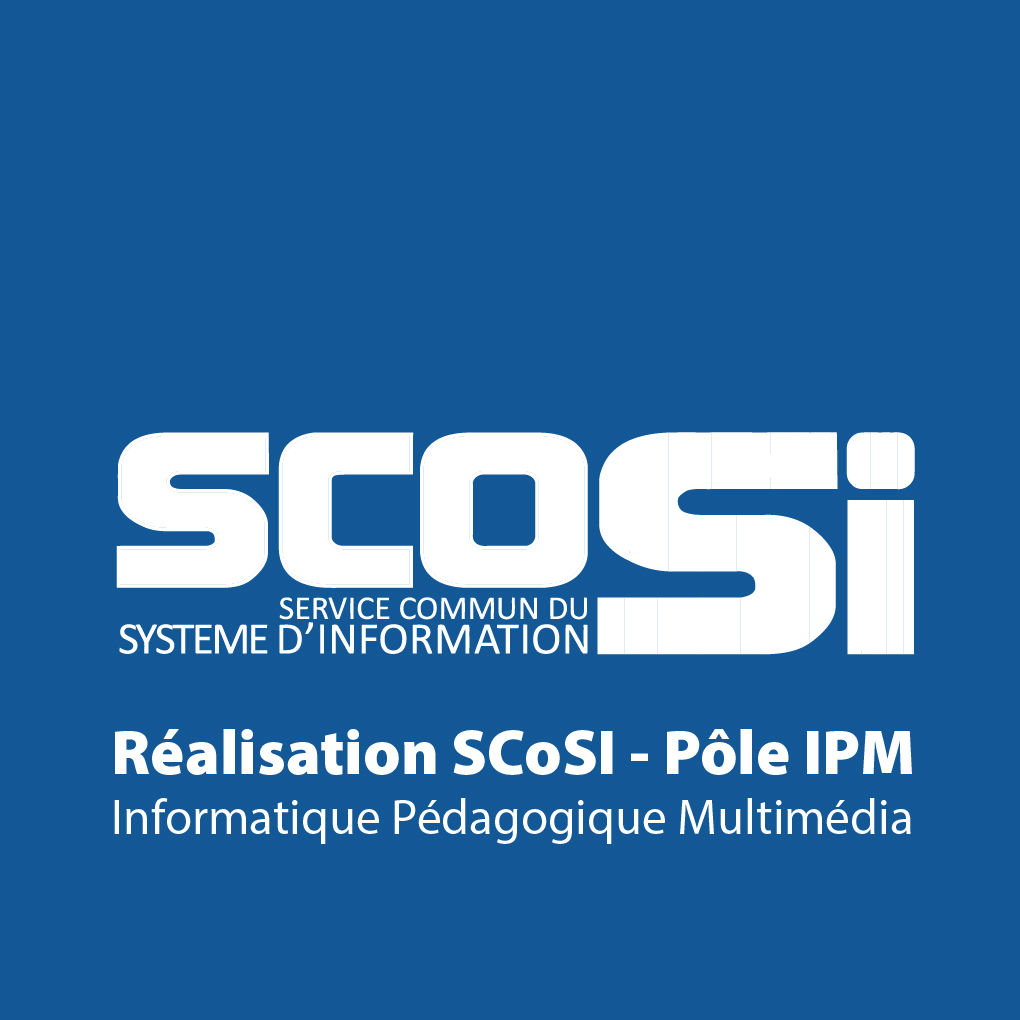The Marine and Fisheries Ecology course is a training course that adapts to the students’ professional project with a progressive specialization around three colorations (ecology, fisheries/aquaculture, environmental expertise) and a modular learning architecture based on a “majors” and “minors” learning system (presented below).
Common courses and majors lessons are mandatory. However, students are entirely free to choose their “minors” courses, guided by an academic tutor, according to their professional project. In the tables below is presented, by semester, an example of the choices of teachings considered as judicious according to the proposed colorations. In addition, students will be able to follow additional courses, complementary to those chosen in the coloration, by valuing them by a certification awarded in addition to the diploma.
| Semester 1 | |||||
| UE | EC | ECTS | Ecology Coloration | Fish/Aquaculture Coloration | |
| COMMON TRAINING | Marine environment: resources and challenge | 1 | X | X | |
| Professional Personal Project Unity 4 | 2 | X | X | ||
| English | English | 3 | X | X | |
| CLES | 0 | ||||
| MAJORS | Structure and functioning of marine ecosystems | Structure and functioning of marine ecosystems | 3 | X | X |
| Structure and functioning of marine ecosystems | Ecological methodology | 3 | X | X | |
| Ecological methodology | Ecological methodology | 3 | X | X | |
| Digital tools | Digital Ecology | 3 | X | X | |
| Spatial Analysis | Geostatistical Information System (GIS) | 3 | X | X | |
| Biotechnology | Molecular Biology and Bioinformatics | 3 | X | X | |
| MINORS (to choose) | Aquaculture | The bases of Aquaculture | 2 | X | |
| Law | Law of the sea and fisheries | 2 | X | ||
| Geomorphology and coastal planning | Coastal Geomorphology | 2 | |||
| Human/environment interaction | Global changes | 2 | X | ||
| Interactions and processes | Major biogeochemical cycles | 2 | X | ||
| Physical oceanography | Ocean dynamics | 2 | |||
| Quality and certification | Traceability | 2 | |||
| Economy and markets | Marketing and behaviour | 2 | |||
| Semester 2 | |||||
| UE | EC | ECTS | Ecology Coloration | Fish/Aquaculture Coloration | |
| COMMON TRAINING | Economy and markets | 2 | X | X | |
| English | 2 | X | X | ||
| Internship (2 months)) | 7 | X | X | ||
| MAJORS | Structure and functioning of marine ecosystems | Food production and food webs | 2 | X | X |
| Biodiversity and conservation | Conservation and restoration | 2 | X | X | |
| Exploited Resource Management | Inventory assessment and management | 2 | X | X | |
| Digital tools | Biostatistics | 2 | X | X | |
| Spatial analysis | Remote sensing | 2 | X | X | |
| Biotechnology | Ecosystem analysis tools | 2 | X | X | |
| MINORS (to choose) | Geomorphology and coastal planning | Coastal planning and risk management | 2 | ||
| Interactions and processes | Biogeochemistry and flow in water column | 2 | X | ||
| Aquaculture | Aquaculture Production | 2 | X | ||
| Physical oceanography | Marine Optics | 2 | |||
| Law | Sea policies | 2 | |||
| Human/environment interaction | Environmental Impact studies | 2 | X | X | |
| Quality and certification | Standards and qualities | 2 | |||
| Economy and markets | Accounting | 2 | |||
| Semester 3 | |||||
| UE | EC | ECTS | Ecology Coloration | Fish/Aquaculture Coloration | |
| COMMON TRAINING | Marine environment: resources and challenge | 2 | X | X | |
| Scientific Communication | 2 | X | X | ||
| Professional Personal Project Unity 5 | 2 | X | X | ||
| MAJORS | Structure and functioning of marine ecosystems | Functioning and dynamics of marine ecosystems(FODYEM) | 3 | X | X |
| Biodiversity and conservation | Bioindication, Biomonitoring and Ecotoxicology | 3 | X | X | |
| Exploited Resource Management | Ecosystem Approach to Fisheries | 3 | X | X | |
| Digital tools | Ecological modelling | 3 | X | X | |
| Spatial analysis | Marine spatial planning | 3 | X | X | |
| Biotechnology | Applied Molecular Biology and Bioinformatics | 3 | X | X | |
| MINORS (to choose) | Human/environment interaction | Project Management | 2 | X | |
| Interactions and processes | Plankton interactions and processes | 2 | X | X | |
| Aquaculture | Integrated Aquaculture | 2 | X | ||
| Physical oceanography | Physical-Biological Linkage | 2 | |||
| Law | Marine and coastal environmental law | 2 | |||
| Geomorphology and coastal planning | Observation and cartography of the coastal evolution | 2 | |||
| Quality and certification | Industrial risk management | 2 | |||
| Economy and markets | Transformation and valuation | 2 | |||
| Semester 4 | |||||
| UE | EC | ECTS | Ecology Coloration | Fish/Aquaculture Coloration | |
| COMMON TRAINING | Stage (5 à 6 mois) | 30 | 30 | 30 |



